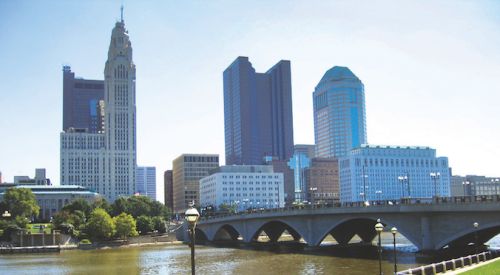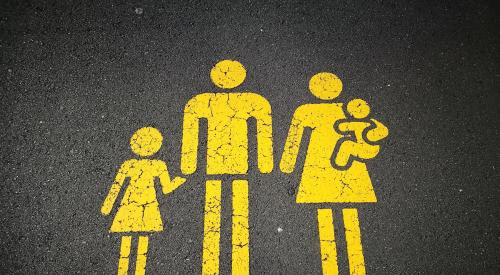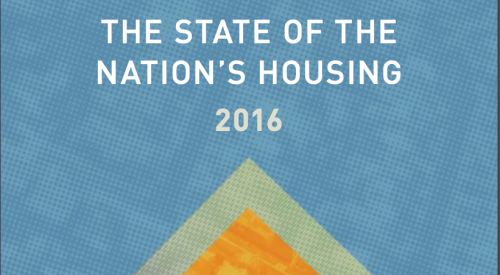In the wake of the Great Recession's effect on the housing and mortgage markets, renting in urban cores became a trend borne of necessity, particularly for the cohort of Millennials entering the workforce.
Brookings names 2012 the peak of the "back to the city" movement. Currently, exurban growth is expanding as Millennials settle down and head to the suburbs to do so. In a column at Bloomberg, Conor Sen writes that the economic development model of the early 2010s, where new construction and household formation was based around urban renting needs to change to meet this new phase of migration. He points out as well that urban cores have run the risk of being overbuilt, and ends with a question, "how can policymakers meet [these] needs?"
The U.S. has already passed the peak of urban renting. Where will this generation buy homes and raise children? In the early 2010s, economic development emphasized renting over homeownership and young people over families, and clustered economic activity in urban cores instead of outlying areas. This model didn't need much from the political system. But trends in recent years, affirmed by the latest census data, show that we're going to need a different framework in the years to come, and it's not clear yet if the economy and political system are up to the task.













